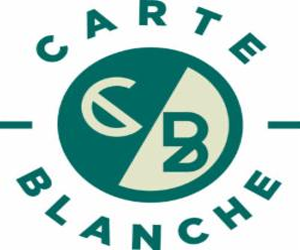Last month’s jobs report alleviated recession concerns, and last week’s Consumer Price Index (CPI) report showed headline inflation continued to move in the right direction – though at a slower pace than expected.
Long-dated yields, which depend on expected inflation and future economic growth, moved higher on this news. The yield on the benchmark 10-year Treasury increased by another 10 basis points last week.
Falling energy prices helped drag down headline inflation as measured by the CPI, but core inflation accelerated for the third consecutive month. Meanwhile, inflation measured by the Producer Price Index (PPI) eased more than anticipated, falling to its lowest level since February 2021. While the CPI tracks the total value of goods and services consumers purchase over a specified period, the PPI measures inflation from the producer’s perspective.
Within the PPI, the index that aligns most closely with the CPI for all items is the Personal Consumption PPI, a significant component of Final Demand in the PPI’s Final-Demand-Intermediate Demand system. On the goods side, the PPI for personal consumption tracks changes in manufacturer selling prices for consumer foods, energy goods, durable goods, and nondurable goods (excluding food and energy). For services, the Personal Consumption Index tracks price changes in services such as transportation, warehousing, wholesale and retail trade, and other personal consumption services. The Personal Consumption PPI increased just 0.1% in September, down from a 0.3% rise in August. On a year-over-year basis, this metric is now running at its pre-pandemic average of 1.8%.
Soft landing: The further easing in PPI suggests the Fed’s preferred inflation metric, the PCE, may reach the 2% target without the U.S. economy slipping into a recession.
The Federal Reserve Bank of Atlanta’s GDPNow estimate for real GDP growth (seasonally adjusted annual rate) in the third quarter of 2024 rose to 3.2% last week, up from 2.5% in the same week last month.
The recent increase in mortgage rates may have knocked down builder confidence slightly. However, I still expect retail sales and housing starts to continue to have moved higher in this week’s upcoming report.
Strong wage growth, driven by rising productivity, combined with lower inflation and easing financial conditions in recent months, have been a boon to household finances and consumer spending. This suggests a much shallower path for the Fed Funds rate in the months ahead.
The Fed is now expected to cut interest rates by 25 basis points at its next meeting, maintaining a gradual approach toward policy normalization. The central bank has managed to strike the right balance, aided by an immigration surge and unexpected productivity gains that have boosted potential GDP. However, without these sustained supply-side improvements, large reductions in the policy rate could reignite inflation. Additionally, climate disasters and a highly contested election are potential headwinds that could slow growth in the coming months.






